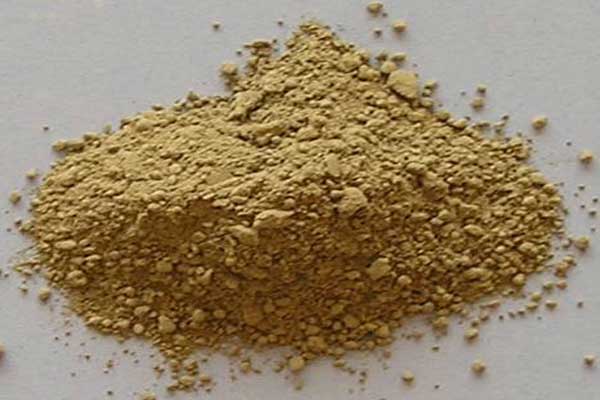Alumina cement, also known as high-alumina cement or calcium aluminate cement, has emerged as a key player in the construction industry due to its exceptional properties and versatility. Developed in the early 20th century, this specialized cement offers unique advantages that make it a preferred choice in various construction applications. In this article, we will explore the composition, properties, and applications of alumina cement, shedding light on its significance in modern construction.
Composition and Manufacturing:
Alumina cement is primarily composed of calcium aluminate compounds. Typically obtained by sintering or fusing a mixture of limestone and bauxite. The resulting product contains a high concentration of alumina, providing it with distinctive properties compared to ordinary Portland cement. The manufacturing process involves precise control of temperature and composition to achieve the desired characteristics.
Properties of Alumina Cement:
- Rapid Setting: One of the remarkable features of alumina cement is its rapid setting time. This property makes it particularly advantageous in situations where quick construction or repair is required. The ability to achieve high early strength allows for faster project completion, reducing downtime and costs.
- High-Temperature Resistance: Alumina cement exhibits exceptional resistance to high temperatures, making it suitable for applications in industries such as metallurgy and petrochemicals. Its ability to withstand extreme heat without compromising. Structural integrity makes it an ideal choice for refractory linings in furnaces and kilns.
- Chemical Resistance: The high alumina content in this cement provides excellent resistance to chemical attacks. This makes it suitable for use in environments where exposure to aggressive substances, such as acids or sulfates, is a concern. Aluminas cement ensures the durability of structures in challenging chemical environments.
- Low Shrinkage: Compared to conventional cement, aluminas cement experiences minimal shrinkage during setting. This property contributes to enhanced dimensional stability. Reducing the risk of cracks and improving the overall structural integrity of the construction.
Applications in Construction:
- Rapid Repair and Patching: Alumina cement’s rapid setting time makes it an ideal choice for quick repairs and patching in construction projects. Whether it’s fixing cracks in concrete structures or repairing damaged surfaces. The speed at which alumina cement is set ensures efficient and timely completion of repair work.
- High-temperature Environments: The exceptional heat resistance of alumina cement makes it indispensable in applications where exposure to high temperatures is prevalent. It commonly used in the construction of industrial furnaces, kilns, and other high-temperature processing units.
- Chemical Plants and Sewage Treatment Facilities: Alumina cement’s resistance to chemical attacks makes it suitable for construction in chemical plants and sewage treatment facilities. Structures exposed to corrosive substances benefit from the durability and longevity provided by this specialized cement.
- Precast Products: The rapid setting and high early strength of alumina cements make it a preferred choice for manufacturing precast concrete products. This includes a wide range of items, from precast panels to decorative elements, where quick production turnaround is essential.
Conclusion:
Alumina cement has evolved into a vital component in the construction industry. Offering a unique combination of properties that address specific challenges in various applications. Its rapid setting time, and high-temperature resistance. Chemical durability makes it a go-to choice for projects ranging from rapid repairs to the construction of structures exposed to harsh environments. As the construction industry continues to advance, alumina cement’s role in shaping resilient and efficient structures becomes increasingly prominent.

